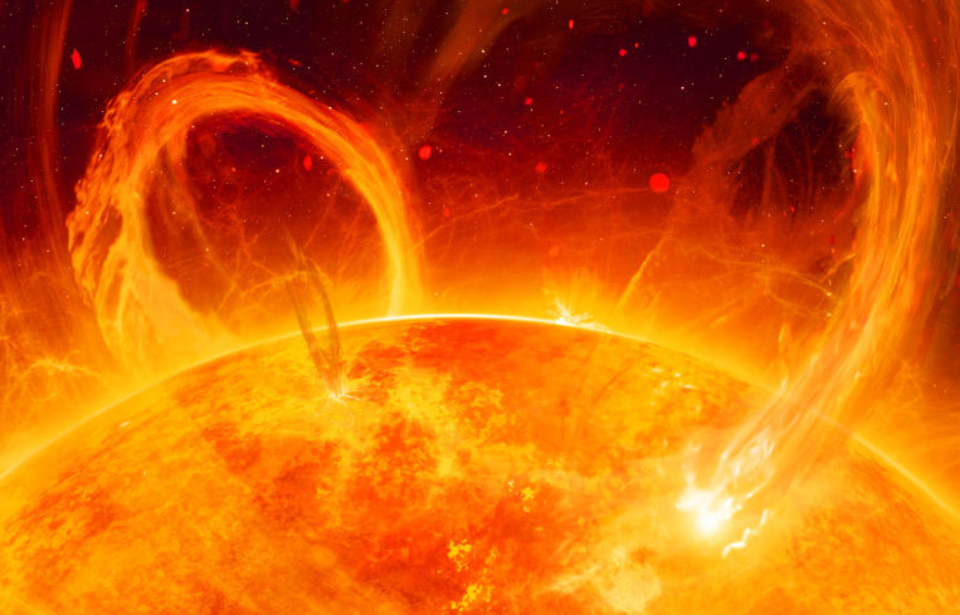In August 1972, American magnetic sea mines in the oceans surrounding northern Vietnam began simultaneously exploding. They had been strategically placed to detonate close to ships, but it wasn’t seafaring vessels that caused them to go off.
The US forces reported dozens of sea mines exploding, but the actual amount is estimated to be as high as 4,000. What could have possibly set off these explosives all at once? Surprisingly, it was the Sun.
Historically powerful solar storms
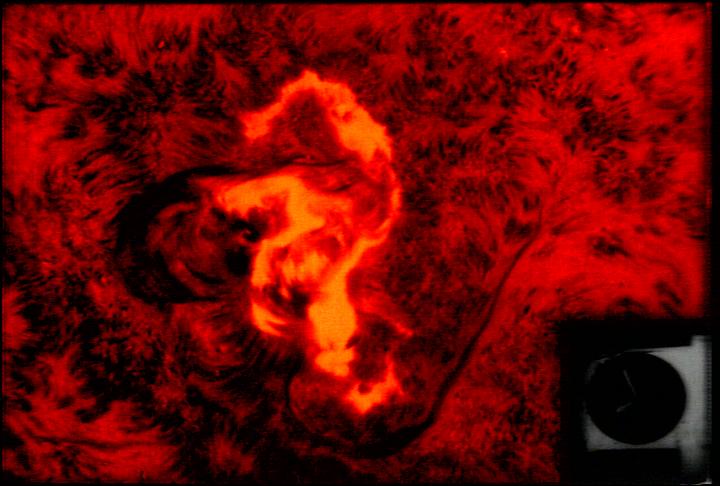
In August 1972, one of the most powerful solar storms ever recorded occurred. That month, the Sun had displayed increased solar activity before unleashing a series of extremely powerful solar flares – intense eruptions of radiation caused by the interactions of powerful magnetic fields within the star.
The burst of energy from a solar flare can be followed by a coronal mass ejection (CME), a magnetic cloud of radioactive particles that’s expelled from the Sun into the cold expanse of interplanetary space at unfathomably high speeds. While the Sun is almost 93 million miles away from the Earth, normal CMEs can make the journey in just one or two days.
August 4, 1972
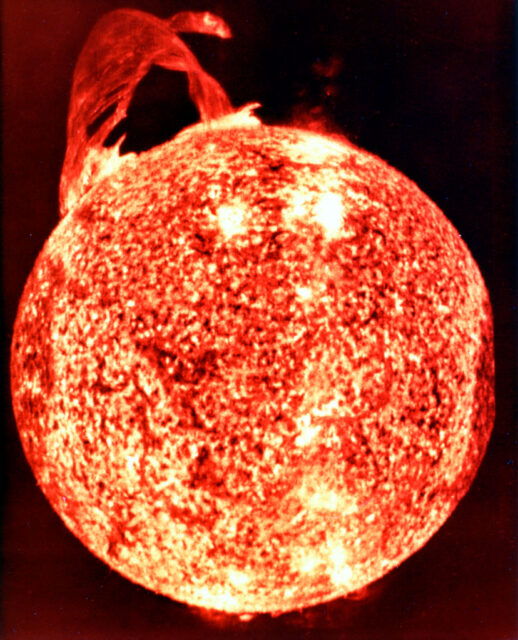
The most powerful flare during the August 1972 solar storms occurred on the 4th, sending a magnetized and radioactive cloud. It reached the Earth in just 14.6 hours, a record that still stands today as the shortest coronal mass ejection travel time on record. The CME’s interaction with the Earth’s magnetosphere caused bright auroras much further south than normal, with some being observed in Spain.
Upon the flare’s arrival, sensors and monitoring devices were doused with charged particles that sent their displays off the scales. Similarly, magnetometers were overloaded. Dangers from storms of this magnitude weren’t limited to the ground. Satellites and other spacecraft can be seriously damaged by CMEs, with one satellite receiving approximately two years of wear from the storm.
Worryingly, the storm occurred between Apollo 16 and 17, the latter of which would lift off a few months later. Had the mission occurred during the event, the astronauts aboard the spacecraft would have received a dangerous dose of radiation, even inside the command module. If they’d been caught performing a moonwalk, they would have likely received a dose of radiation enough to guarantee death.
Sea mines detonated off the coast of Vietnam
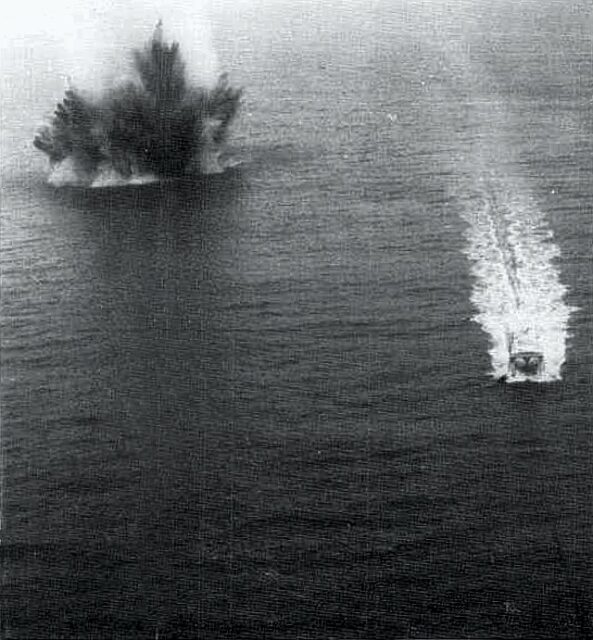
American sea mines positioned around northern Vietnam were magnetically triggered. The sensors within these mines constantly monitored the magnetic fields around the devices, which became altered whenever a ship entered their proximity. The sea mines had been placed off the coast of Vietnam as part of Operation Pocket Money, which was intended to block maritime trade in the region.
The sheer power of the August 1972 solar storms was enough to distort the Earth’s magnetic field and trigger the sea mines off the coast of Vietnam. At the time, the US military knew such events could interfere with systems on Earth, but they didn’t understand to what extent this could happen.
New appreciation for the August 1972 solar storms
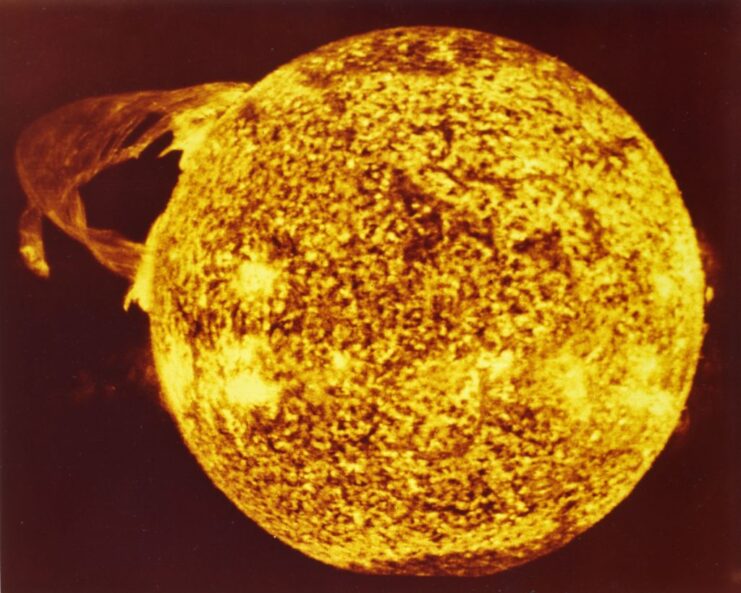
In 1972, the strange happenings caused by the enormous coronal mass ejection were seen as unremarkable and mostly fell under the radar of researchers at the time. It wasn’t until Delores Knipp, an esteemed research professor at the University of Colorado Boulder, began looking into the event that the true scale of the Sun’s activities back then was realized.
Knipp’s research began after a chance conversation with a colleague, who, at the time, was working at what would later become NOAA’s Space Weather Prediction Center. The latter had witnessed US Navy officials enter a meeting with his boss, and while he’d been unable to hear the details, he knew it was about a then-recent solar storm and its impacts on the military.
After learning about this, Knipp dived into military archives. She found a document that had been declassified in the 1990s that contained information about the spontaneous detonation of sea mines in Asia. With some more digging, she realized estimates made at the time significantly low-balled the power of the solar storm. She believes it was actually much closer in severity to the 1859 Carrington Event, the largest geomagnetic storm ever recorded.
Despite this, many failed to recognize its significance. “I think people forgot about it,” Knipp said in 2018. “They didn’t know about the sea mine problem and the effect on the power grids got published in engineering journals, not science journals.”
More from us: US Navy SEAL Solomon Atkinson Embodied the Spirit of Dedicated Military Service
Knipp regards the August 1972 solar storms as a warning about how vulnerable we are to the mind-boggling power of the Sun.
